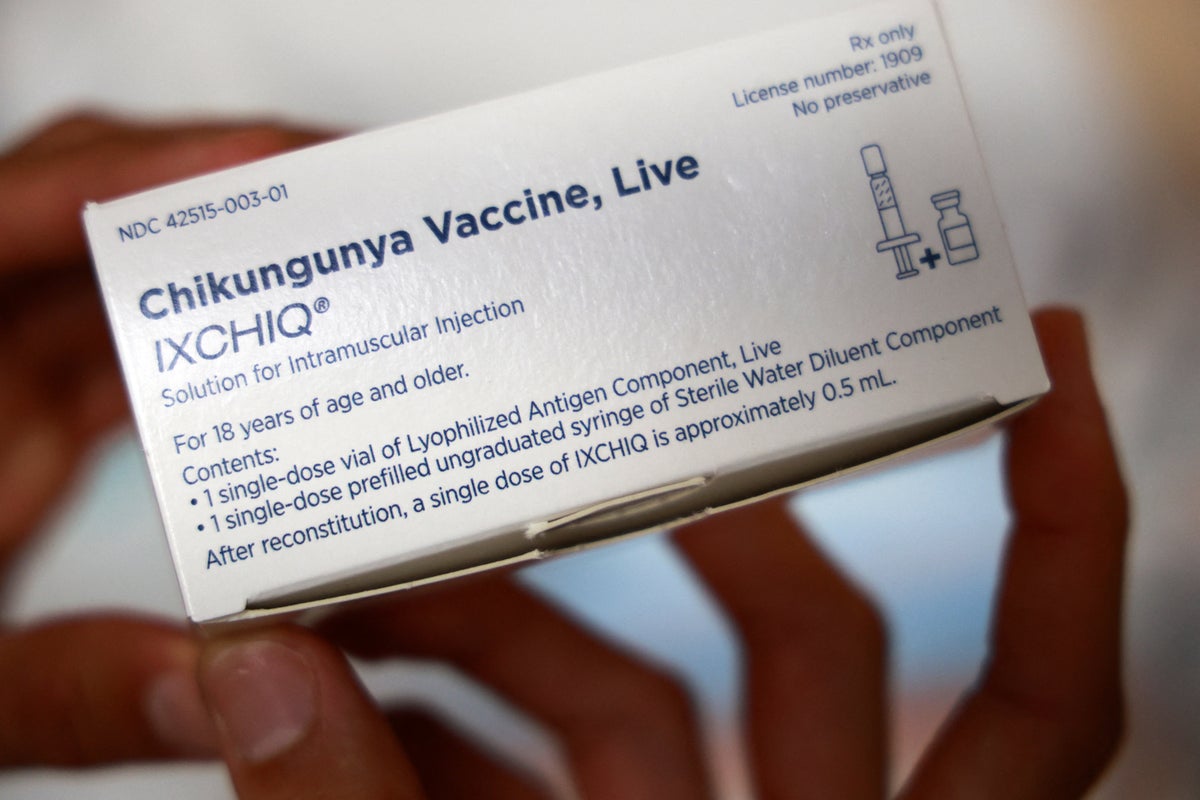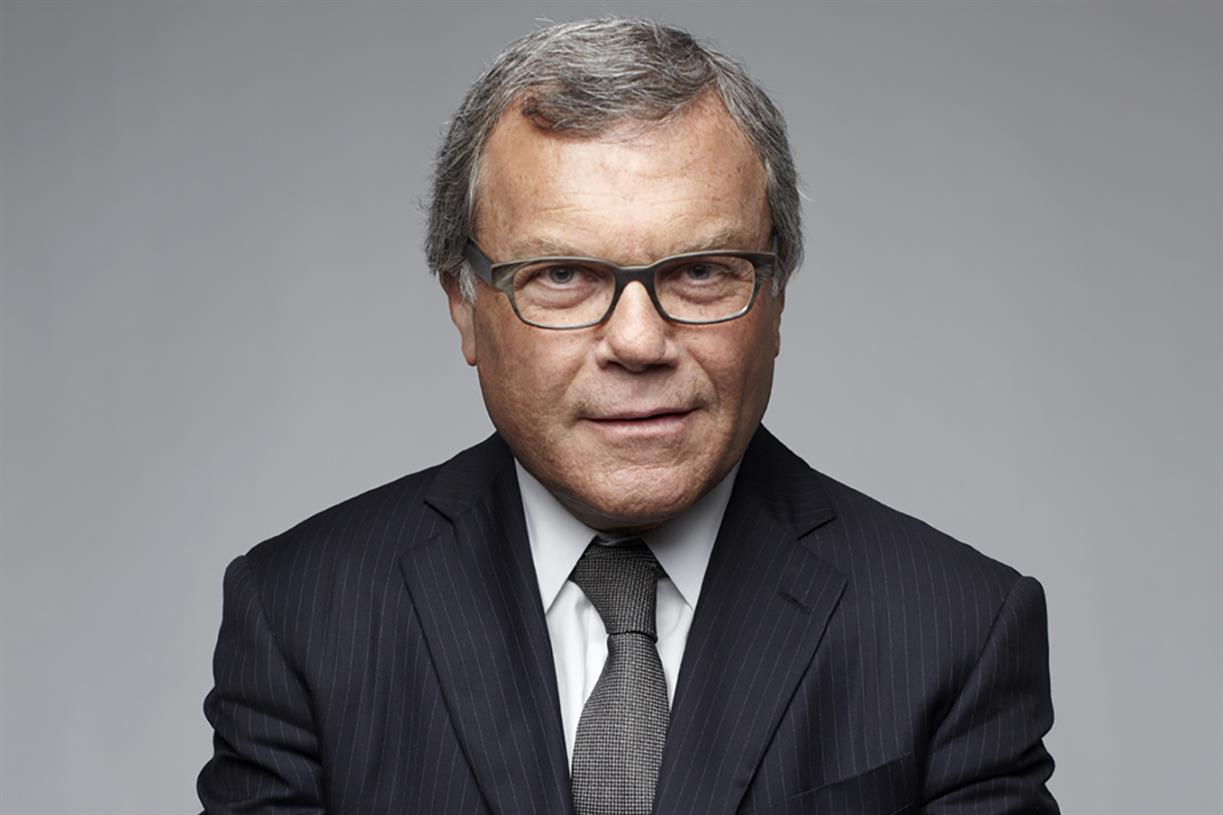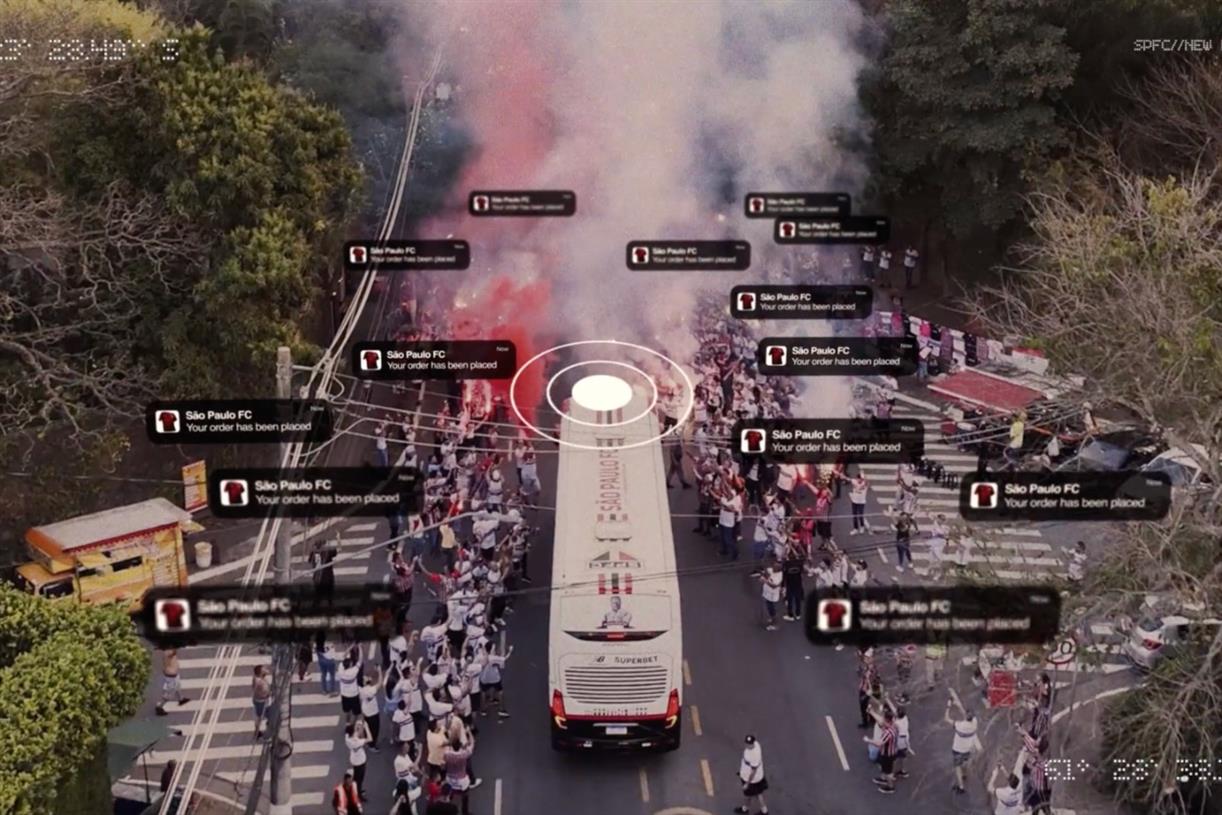5 ways influencer marketing will be impacted by an economic downturn in 2023
Shrinking marketing budgets in the face of an impending economic downturn will change how brands partner with influencers this year.

Influencer marketing experienced rapid growth in 2022, with brands seeking out creators in record numbers to help them better connect with Gen Z consumers. But with an impending recession driving companies to tighten their belts, many brands are slashing their marketing budgets—and subsequently, their spending on influencer marketing.
The influencer marketing industry reached a value of $16.4 billion by the end of 2022, according to data from Influencer Marketing Hub, with over 300 million creators around the globe contributing to the flourishing creator economy.
Influencer marketing isn't considered "as discretionary as it previously was," said Mike Donoghue, co-founder and CEO of Subtext, a subscription-based text messaging platform, in an interview. “Two or three years ago, it was this really experimental spend. But I think most people have it baked into the budget now.”
Influencer marketing experts agree that, though influencer partnerships will endure as a marketing mainstay in 2023, influencer marketing will look somewhat different in the year ahead as a result of the looming economic downturn.
Here are five of their predictions for how the influencer marketing industry will transform in 2023.
Brands will scale back influencer partnerships as marketing budgets shrink
Fear of an impending recession has already driven hundreds of companies to cut back on their marketing spend, with over 40% of marketing leaders in the September 2022 edition of Deloitte’s “CMO Survey” reporting their companies have decreased their marketing budgets in response to “inflationary pressures.” Similarly, an October survey from the World Federation of Advertisers found 75% of advertisers said their 2023 budgets were “under heavy scrutiny,” with nearly a third saying they planned to reduce those budgets going into the new year.
Naturally, these cuts in brands’ overall marketing spend will impact their available budgets for influencer partnerships in 2023. Though many brands will continue to incorporate creators into their social media content, along with other digital and offline marketing efforts, those partnerships will be far more restrained, said Matt Cooper, CEO of online learning platform Skillshare.
“You’ll see a narrowing of which creators and influencers brands are working with, and less of a scattershot kind of spreading across lots of different influencers on different platforms,” Cooper told Ad Age. “The focus on return on investment is going to be much more acute. The influencers that deliver higher return on ad spend are the ones we're going to go back to, and the ones who are below that new threshold … are the ones that are going to get lopped off.”
Rather than expansive creator networks encompassing dozens or even hundreds of brand partners, many brands in 2023 will likely concentrate their influencer marketing around a handful of creators, reworking influencer partnerships to resemble “athlete-inspired endorsement deals,” said Austin Pollock, head of brand partnerships at Doing Things Media, a social media company that partners with meme accounts and creators like @RecessTherapy’s Julian Shapiro-Barnum.
Web3 marketing trailblazers
Entries are open for our first official Web3 honorific
Brands frequently pay influencers for individual posts, allowing brands to reach the audiences of several creators rather than a single group of consumers—but smaller marketing budgets will push brands to invest more heavily into long-term partnerships with one or two creators, Pollock said. Licensing agreements will also increasingly become a “mandatory component” of creator partnerships rather than a “tacked-on” element, allowing brands to have partial ownership of influencers’ content and share it across brand accounts, he added.
“[An influencer’s] image, their likeness, their reputation—it carries a significant premium, to the point where you’re noticing, more often than not now, that the audience comes secondary to the affiliation of that creator and the premium content that [brands] can then use for their own marketing purposes,” Pollock said.
Brands will expect greater returns from influencer partnerships and require these creators to “work more for the money” as marketing budgets wane, said Sarah Penny, content and research director for The Influencer Group’s Influencer Intelligence platform.
The economy will reshape brands’ influencer marketing objectives
In addition to investing more deeply in fewer influencers, the looming recession will likely impact the types of messaging brands work with those influencers to communicate, Penny said. In the last few months of 2022, she witnessed an uptick of brand interest in influencers who specialize in personal budgeting or saving money on food or clothing—such as British influencer Miguel Barclay, who creates affordable “One Pound Meals.”
With many consumers cutting back on non-essential spending, brands will turn to influencers to seek out influencers as educators and a means of building brand affinity, rather than strictly promoting products or sales, she said.
“Brands are definitely recognizing that it's a really tricky time [economically], and that they need to be sensitive,” Penny added. “Tone of voice needs to be really considered … and a lot of brands, we’re finding, are trying to use influencers to provide a way of navigating the [economic] situation, whether that’s through cheaper ways of living [or] financial advice.”
And, as a growing number of brands look to position influencers as the face of their brand, more brands could be willing to splurge on high-profile creators, like MrBeast or FaZe Clan, who offer a “really reliable” return on investment, Subtext’s Donoghue said. Beyond simply paying for highly-popular influencers to promote a product to their massive followings, brands can also leverage that popularity to center their product or brand in the midst of “meaningful fan interactions…that endear the audience to that creator.”
More brands will also likely partner with creators to develop new products, not just promote existing ones, said Scott Dunn, head of business development and creator partnerships at Doing Things Media. Creator-led businesses, such as MrBeast Burger or Emma Chamberlain’s Chamberlain Coffee, can pose a threat to other brands in the same industry, and teaming up with influencers to create new products or collections enable a brand to “play both offense and defense,” he said.
“Developing more of these long-term, dynamic relationships with potential business [opportunities] for the creator is a way to both retain them and also ensure they don’t eventually become the competition,” he said. “That’s going to be an interesting friction point as the creator economy evolves.”
Influencer partnerships become increasingly performance-based
With brands reducing the scope of their influencer marketing efforts, many creators may encounter fewer opportunities for brand partnerships, forcing them to be less selective about the brands they agree to work with, Skillshare’s Cooper said.
“[Previously], because they had so many people coming at them from so many different directions, they could be picky,” he said. “They could be picking who they worked with; they could be picking the structure…Creators [now] are just more open to performance-based models and different structures that, when there was a ton of money flowing around, they weren't quite as open to.”
Over the past few years, brands have typically paid influencers a flat rate for each sponsored post, with those fees based largely on factors such as the size of an influencer’s following or their average engagement rate. But with the economic downturn driving brands to seek more meaningful returns from influencer partnerships, more brands will shift that payment model to center around the performance of each post.
Like Cooper, Krishna Subramanian, co-founder of influencer marketing platform Captiv8, has also seen a growing number of creators accept brand partnerships that pay them based on performance—which could include metrics such as how many sales their posts generate, for example.
“For CMOs, I think it’s always going to come down to, ‘How much is it costing for a new user?’” Subramanian said. “As these specific metrics become more and more important, brands are going to tap into influencers on this performance basis, because there’s very little risk for brands. They’re only paying for what they get [in return].”
Influencers continue to spearhead social commerce campaigns
With the hashtag “#TikTokMadeMeBuyIt” surpassing 35 billion views in 2022, brands are keenly aware of social media’s power to drive sales—and influencer recommendations will likely continue to form the heart of brands’ social commerce efforts in 2023.
Influencer Intelligence’s report titled “The Role of Influencers Within Social Commerce” found that 62% of marketers surveyed anticipate social commerce will be “the most popular influencer marketing campaign objective” in 2023. And a recent survey from Ad Age and The Harris Poll found that nearly one in five adults have made a purchase based on an influencer’s endorsement of a product or service.
Brands will undoubtedly look to secure creators’ recommendations on platforms like TikTok and Instagram this year to drive further sales, especially as these platforms continue to develop in-app shopping opportunities or shoppable content that links to an e-commerce site, Penny said.
“‘Influencer’ is such an overused term, but for those in a certain tier, they do have the power to shift the landscape for a third-party brand partner, especially if they’re synonymous with that category,” Doing Things Media’s Pollock said. “ You know it’s organic, you know it’s authentic—this is a product of [the influencer’s] own choosing. People are starting to realize the true, inherent value of that influence.”
However, Penny anticipates live shopping will still fall short of widespread integration into social commerce in 2023. Though 51% of marketers in the same Influencer Intelligence survey believe “shoppable livestreaming will become a ‘must-do’ practice for all e-commerce brands within [2023],” the majority of U.S. and U.K. consumers are still uncomfortable with the concept of live shopping despite its popularity in countries like China, she said.
“As more other kinds of social commerce activities become more widespread … the consumer sentiment [toward live shopping] will catch up,” Penny added. “Whilst we've seen a bit of a scale back [in 2022], I think it is still something that is definitely going to move forward, and there is absolutely a huge opportunity there.”
Social media platforms cut back on creator funds—and influencers turn to subscriptions
Alongside the creator economy boom over the past few years, several social media platforms launched creator funds designed to sway creators to a specific platform by offering compensation for their content. However, with the threat of a recession pushing these platforms to reduce spending, platforms like Pinterest began eliminating monetary bonuses for creators in 2022—and that trend will continue into this year, Donoghue said.
“Pinterest was sort of the last shoe to drop in a series of social platforms killing their creator funds,” he said. “With this general economic belt-tightening … the creator programs from most major social platforms are going to continue to get stripped. As the social media platforms look to retrench and build what has always been their major cash cow—advertising—it's going to be a race to the top for them, but it means a race to the bottom for most creators.”
In 2022, several platforms, from Snapchat to Instagram, reduced the payments offered to many influencers via these creator funds. Instagram also ended its affiliate marketing program, which had allowed some creators to earn commissions from sales generated by tagging products in their posts.
With the uncertainty of the income provided by these fluctuating creator funds widening the rift between influencers and social platforms, a growing number of creators will turn to subscription-based models of monetization, such as those provided by platforms like Patreon or Discord’s new paid communities, Donoghue said.
“More [creators] are going to be looking for platforms where they can maintain a relationship with their audience, build a meaningful financial annuity, own the data, and they can have a direct line of communication that no algorithm is ever going to interfere with,” he said.
Developing these deeper connections with their followers—even if those who subscribe to these platforms are only a “handful of superfans”—offers creators a guaranteed and independent source of income that social media platforms can’t promise, Dunn added. In November, makeup artist and beauty influencer Kelli Anne Sewell launched her own subscription-based platform, MakeupXKA, which includes a library of shoppable makeup tutorial videos and access to a private group chat. She noticed many of her Instagram followers enjoyed the tutorials she sold via her Instagram, including a live “Back to Basics” Zoom class that taught 1,200 attendees about beginner principles of applying makeup, and she created MakeupXKA to capitalize on that interest in long-form, educational content.
“The way that Instagram and TikTok are leaning is really short clips, kind of like clickbait in a way—you want to get attention in the first two seconds, and you only can really post up to a minute when it comes to Reels,” Sewell said. “There was a little bit of a risk building my own platform, but I just want this to grow and to evolve into so much greater than what it currently is. And I want to have the freedom to be able to do that however I want.”

 JimMin
JimMin 































